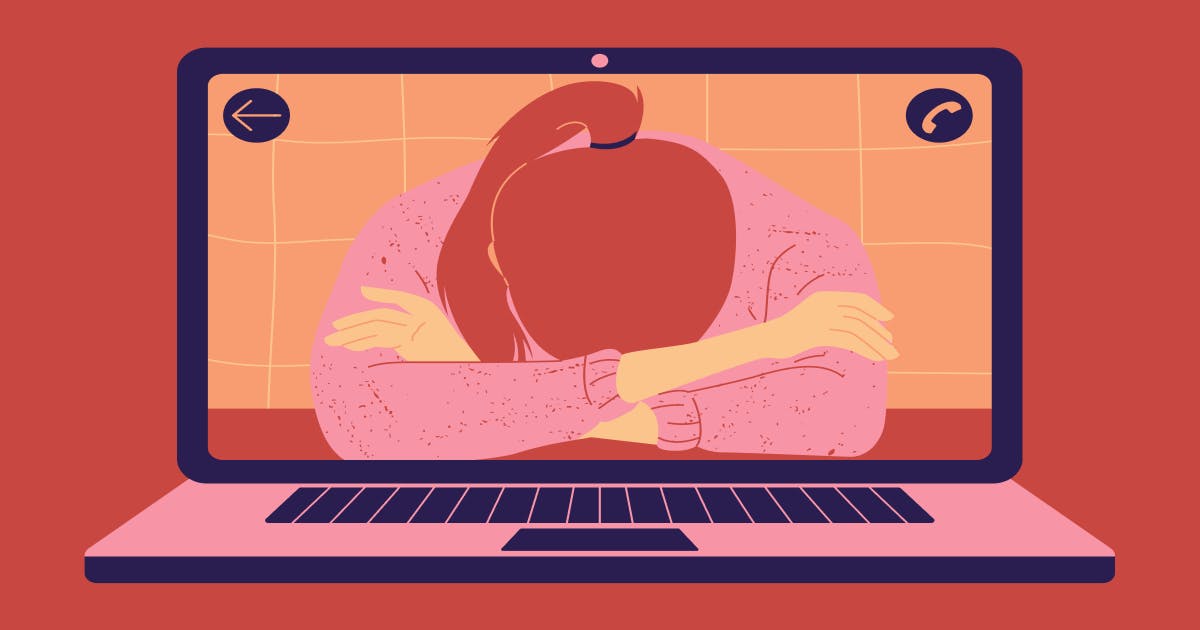With the rise of remote work, we've all experienced "Zoom Fatigue" – that exhausted feeling after too many video meetings. The sudden shift to remote work, accelerated by the global pandemic, led to the widespread adoption of video conferencing platforms like Zoom. These tools, initially seen as saviors of connectivity and collaboration, soon brought with them an unforeseen challenge known as "Zoom Fatigue." As we navigated the complexities of remote work, the very tools designed to keep us connected began to leave us feeling drained.
In this article, we'll explain what Zoom fatigue is, why it happens, and how to overcome it. We'll also look at solutions like working asynchronously and using data analytics to maintain productivity and well-being.
What is Zoom fatigue?
The pandemic-enforced remote work supercharged the adoption of video conferencing as a means to keep businesses running and to bring social connectedness to the new normal. As the global workforce grappled to bring structure and sense to the world of remote work, companies and teams rushed to adopt virtual meeting tools to fill the gaps caused by the phenomenon of social distancing. In the business world, the workforce made a remarkably successful transition to not just communicating and collaborating using video tools but also expanding the purview of the tools to conduct global seminars and conferences, geographically distributed customer-outreach calls, learning and development courses, and even company happy hours.
Slowly, zoom became an integral verb in our daily lives, so much so, that Zoom reported over 300 million meeting participants in April 2020 – a thirty-fold increase from the 10 million daily users in December 2019. Other platforms such as Google Meet and Microsoft Teams reported similarly skyrocketing usage at 100 million and 75 million participants each. With the increasing usage of virtual communication, the psychological ill-effects become acute and more prevalent. More and more employees were complaining of tiredness, distress, and burnout after a daily slew of virtual calls until the world acknowledged the affliction as “Zoom Fatigue” – a feeling of exhaustion from participating in video conference calls.
Let's take a look into what is the actual meaning of zoom fatigue and how to overcome it...
What is Zoom Fatigue?
“Zoom fatigue or, more generally, Virtual meeting fatigue, one of the many terms born out of the Covid-19 pandemic, describes the anxiety, exhaustion, or worry resulting from the overuse of virtual communication platforms. Zoom fatigue is real and the challenge is becoming more prevalent and acute as we engage in countless video meetings as part of our regular work lives.
Why does Zoom Fatigue happen?
The exhaustion of virtual conferencing is caused by more than the obvious reason of having to participate in a number of calls. One possible explanation that amplified this problem of fatigue is the underlying socio-economic chaos caused by the pandemic. Thrust into health and employment uncertainty, most workers carry a constant predisposition to stress which is expressed as digital fatigue.
A deeper study of fatigue has led to a nuanced understanding of our bio-psycho-social response to the disruption caused to our synchronous and instinct-driven methods of communication. Human communication has evolved to process a labyrinth of real-time gestures, social cues, and non-verbal signals. Video communication disadvantages us by removing this interplay of behavioral dynamics, creating a neuro-psychological burden that tires us. In a video meeting, participants are constantly processing multiple data points – the speaker, the chat box on the side, the shifting position of multiple faces, the attentiveness to know when and how much to speak; not to mention the time-lags in audio and the effort to stare at the camera. All these seemingly minor issues snowball into a larger disconcerting cause of cognitive burden.






